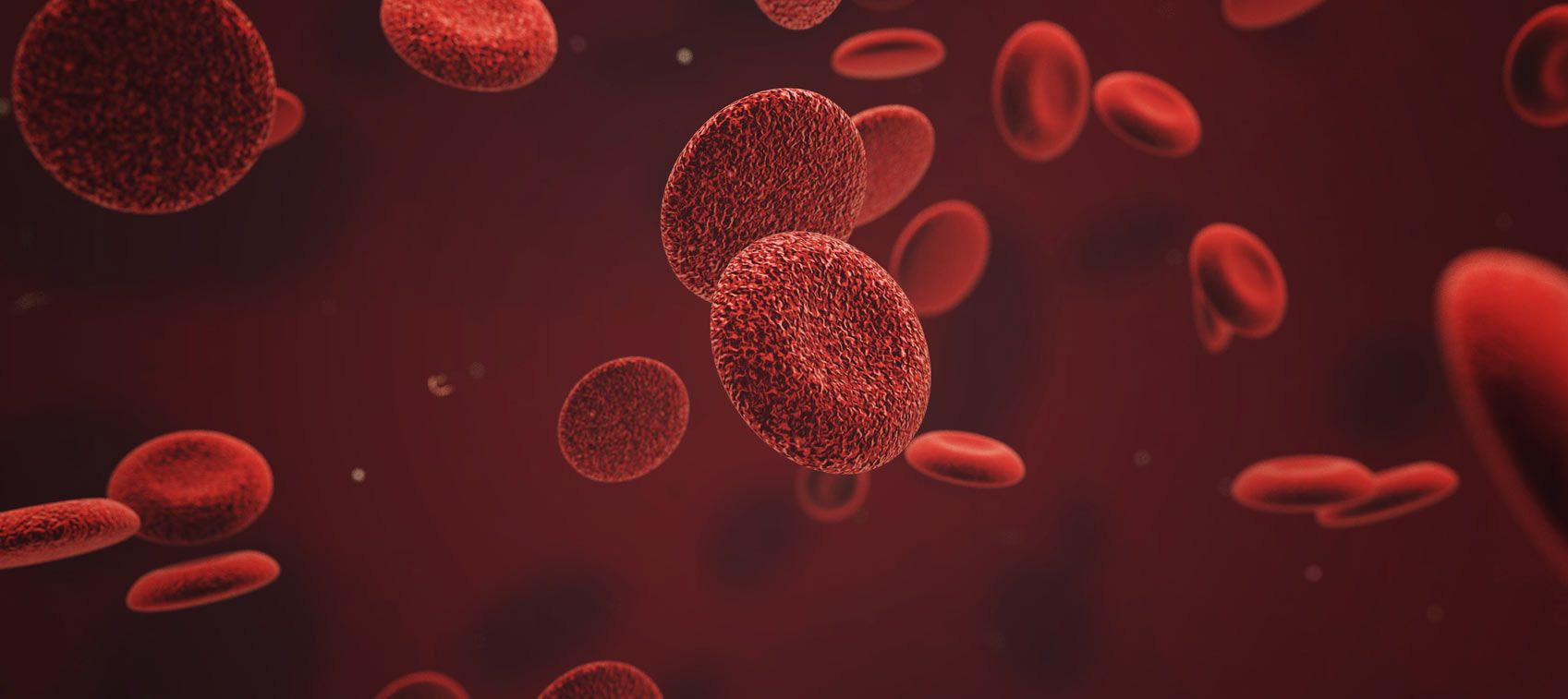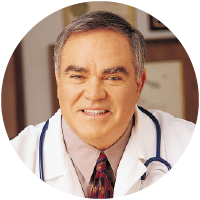
What do Kobe Bryant, Tiger Woods, Alex Rodriguez, and Hines Ward have in common? They are all professional athletes who have used platelet-rich plasma treatment (PRP) to heal injuries, alleviate pain and get back in the game. In addition to facilitating healing from all types of acute and repetitive motion injuries, such as sprains and strains, PRP treatment is effective for treating conditions associated with chronic pain—including arthritis and even degenerative disc disease.
Platelet-rich plasma treatment is simple. A little bit of the patient’s own blood is drawn and then spun in a centrifuge to separate out the red blood cells, plasma, and other components. What’s left is a very small amount of concentrated platelets—5–10 times the amount in whole blood—in a little plasma (the clear, liquid part of blood); hence the name platelet-rich plasma.
The patient’s own platelet-rich plasma is then placed in a syringe and injected into the affected area, which is numbed beforehand to make the injection more comfortable. A single injection is the norm, but two or more injections, spaced out at least a month apart, may be required. Then you wait.
PRP is not a quick fix. It simply amplifies your body’s natural healing mechanisms, and the regeneration process it initiates can take months. However—usually within a few weeks—remarkable things happen.
The Proof Is in the Patients
One of the first patients we treated at Whitaker Wellness Institute with platelet-rich plasma was Jim, a young man who had injured his ankle while wrestling. The torn ligaments were so painful and unstable that he was barely able to hobble around. Within two weeks of receiving PRP, he was able to resume running and now reports a complete recovery.
Ed S., a patient from New Jersey, had pain in his knees that he attributed to “old joints.” He had been treated with prolotherapy with good results, but after several months, his symptoms returned. When his doctor suggested PRP at his most recent visit, he decided to give it a try. A week after platelet-rich plasma treatment, his knee was 95 percent better, and he could go up and down stairs without difficulty.
Platelet-rich plasma treatment is one of the most innovative and effective tools we have for relieving chronic pain. Because it’s an “autologous” procedure (derived or transferred from the patient’s own body), there’s no danger of an adverse reaction to a foreign substance. It simply harnesses your own platelets for healing and regeneration.
Additionally, PRP works well when combined with other promising regenerative therapies such as autologous adipose (fat)-derived stem cell therapy.
Lastly, PRP is convenient. It is done in a doctor’s office, is quick and minimally invasive, requires no recovery time, and costs a fraction of the price of any surgical procedure.
If something as simple and economical as platelet-rich plasma treatment can help repair damaged tissues, alleviate pain and restore function, surely it has a chance of being adopted by mainstream medicine.


